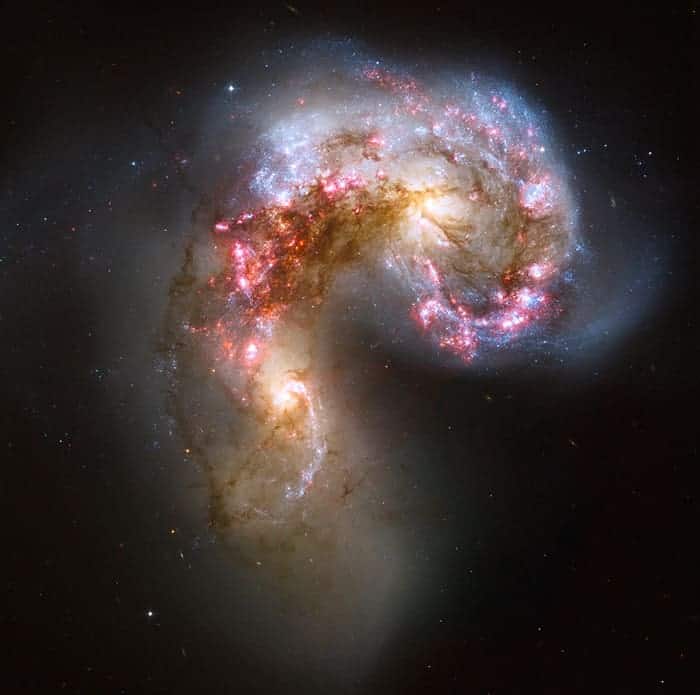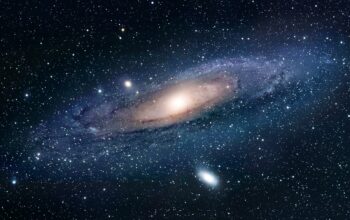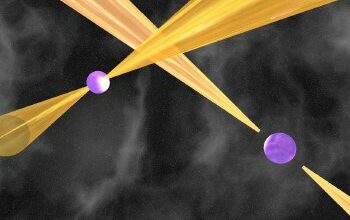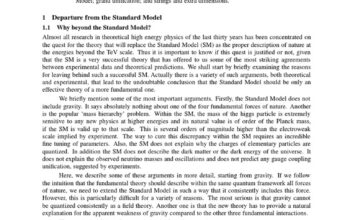The cosmos, an expanse of myriad wonders, serves as a profound canvas on which the grand narrative of galactic evolution is inscribed. Within this vast universe, galaxies are not static entities but rather dynamic participants in a cosmic ballet, continually engaging in shape-shifting patterns that reveal the intricate details of their histories. Recent observations indicate that these morphological transformations are not merely aesthetic phenomena; they are intrinsically linked to the intricate processes of star formation, or a decrease thereof, within these colossal structures.
At the heart of this discourse lies the interplay between the physical characteristics of galaxies and the stellar populations within them. Observational data suggest a correlation between the morphological modulation of galaxies—such as spiral galaxies evolving into lenticular forms—and a significant decline in their star-forming activities. This phenomenon raises critical questions: What drives these transformations? What do they signify about the life cycles of galaxies, and how do they inform our understanding of cosmic evolutionary trends?
Fundamentally, the concept of ‘shape-shifting’ in galaxies can be perceived as an elegant metaphor for their adaptive strategies in response to environmental perturbations. Just as organisms in a biological ecosystem evolve to meet the demands of their interplay with surrounding forces, so too do galaxies metamorphose in response to gravitational influences, interactions with neighboring galaxies, and the gradual depletion of their interstellar gas—the primordial fuel for star formation. In a manner similar to a tree shedding its leaves in winter, galaxies undergo transformations that elucidate their evolutionary state.
Consider, for instance, the phenomenon of morphological quenching—a process wherein the star formation in disk galaxies is stymied due to the agglomeration of stellar mass, resulting in alterations to their structure. The once vibrant armatures of spiral galaxies, which are often resplendent with stellar nurseries, may recede and morph into the more sedate configurations characteristic of lenticular galaxies. This transition is not merely a change in outward appearance; it encompasses a fundamental reorientation of the galaxy’s internal dynamics and its ability to form new stars.
Moreover, the role of environment cannot be overstated. Galaxies residing within denser clusters face heightened gravitational interactions, which induce tidal forces that strip away gas and reshape their morphology. This external stress can precipitate the cessation of star formation, as the gas reservoirs required for such processes become depleted or destabilized. In this way, the local cosmic neighborhood becomes an active player, shaping the fate of galaxies much like the currents of the ocean mold the contours of a shoreline.
Beyond the immediate implications of morphological changes, this phenomenon taps into a more extensive narrative of cosmic evolution. The gradual decline in star formation within shaping galaxies echoes a larger trend that permeates the fabric of the universe. The principle of hierarchical structure formation posits that the earliest epochs of the universe were characterized by vigorous star formation and galaxy assembly, leading to the incipient arrangements of large-scale structures we observe today. However, as the universe continues to expand and evolve, a paradigm shift emerges, one in which star formation rates undergo a marked decline, giving rise to an equilibrium where older, evolved galaxies reside predominately.
This evolution has far-reaching implications for our understanding of dark energy and dark matter—fundamental components that govern cosmic dynamics. The interplay between star-forming activity and the morphology of galaxies serves as a crucible for refining our models of the universe. As the density of star formation diminishes, so too do the actively star-forming regions that fuel our observations of cosmic evolution. The reduction in younger stellar populations may signal an impending epoch in which galaxies become increasingly quiescent, posing philosophically profound questions regarding the ultimate fate of the universe: Will it culminate in a cold, dark expanse marked by the remnants of bygone stellar epochs?
To illustrate, one must consider the recent studies utilizing advanced spectroscopic techniques that probe the light emitted from these galaxies across vast distances. Decomposing the light spectrum allows astrophysicists to glean information not only about the stars currently forming but also about the historical star formation rates. These investigations reveal that many galaxies, once thought to be thriving nurseries, are on a path toward dormancy—a transition reflective of broader cosmological trends that may signal the twilight of star formation globally.
In conclusion, the narrative of shape-shifting galaxies serves as a pivotal chapter in the story of cosmic evolution. These transformations are not merely aesthetic but rather encapsulate complex interactions between galaxies and their environments, revealing insights into the fundamental processes that drive star formation. As the universe transitions from an era of vigorous star birth to one of calm serenity, our investigation of these celestial entities enriches our understanding of the grand tableau of cosmic history. The fate of galaxies—once vibrant with the fervor of star formation—now reflects the inevitability of change, a testament to the intricate and ever-evolving nature of the cosmos itself.












